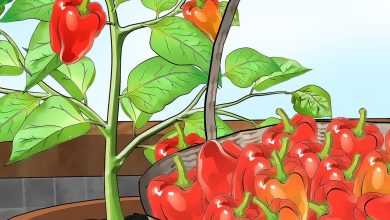10 WILD PLANTS WE CAN EAT (I)
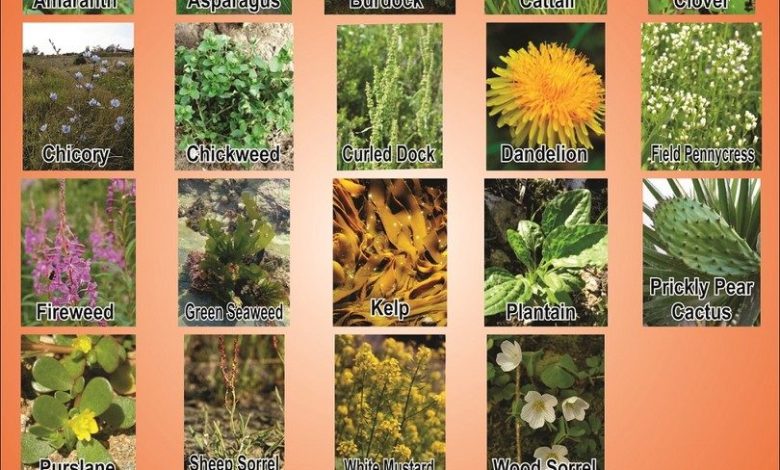
Hi guys, how are you? I hope you are enjoying a great time in your garden. I am sure that most of you who like the garden, enjoy the countryside. A route through the mountains on weekends, a small path in the meadow that we have close to us or a good little run through the meadow after work. And I would also assure that more than once you have wondered when seeing a plant if it was edible or not. Well, here are 10 of these wild plants that we can eat. There is nothing better than the plants that nature provides us to maintain a good and healthy diet. Of course, with this article as long as respect for the environment is ahead
We are going to see this presentation of the 10 plants in two articles, here we have the first.
Eruca vesicaria, sucola or arugula
Also called arugula, white caterpillar, ruca, jazamango, arugula, rocket….it is a plant of the cruciferous family that we can find on the edges of fields and in rural areas. It can be grown in the garden and it is advisable to collect the tender leaves before flowering.
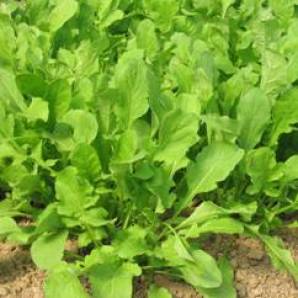
It is similar to watercress and the Romans used it in salads. Hence, the Greek, French and Italian cuisines have dragged the tradition; and the arugula is highly appreciated among these stoves. Its flavor is spicy and has a sulfur aroma that can remind the taste of radishes.
Its consumption can provide significant amounts of vitamin C, beta-carotene, minerals such as magnesium, iron and potassium; in addition to its high fiber content.
Betula spp., birch
Yes, I haven’t gone crazy. Also a tree can be edible. Belonging to the Betulaceae family, the birch has calming, antiseptic, anti-inflammatory, diuretic qualities… Let’s see some applications:
The bark has a febrifuge (anti-thermal) capacity that can be used in infusions. In addition, the sap is a highly appreciated balm in northern Europe and is a great healing agent. It is a good antiseptic and is traditionally used to prevent excessive sweating.
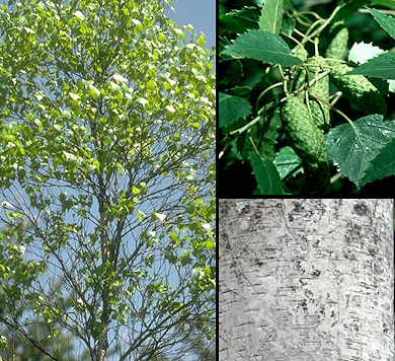
The fresh leaves used in infusion have astringent and diuretic properties. The dried leaves are used to prevent rheumatism, after heating them.
The boiled sap is used as a mouthwash for ulcers and gum problems.
Sedum sediforme, shepherd’s raim
From the Crasulaceae family, this perennial plant also called cat’s claw can be found in the Mediterranean region. Formerly in the villages, it was used as a wound healing agent, which is why many women carried it in the pocket of their aprons to rub their hands after washing clothes in the laundries of the villages.
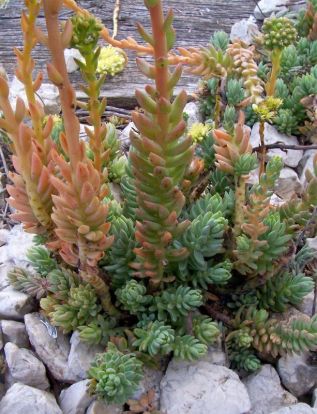
It was also used to eat, its use in free-range salads or as an appetizer was quite frequent. Currently we can find it in packages since it is eaten as a pickle. The nutritional properties of this plant are little studied, but it has been observed that it has a high content of calcium, phenols and has a high antioxidant capacity.
The sedum sediforme can be found in areas of dry scrub, under pine forests. It is distinguished from other similar plants (which are toxic) by its yellow flowers, stems with a lignified base, and fleshy, pointed leaves. It is not uncommon to find it on the roofs of houses.
Rumex acetosa, sorrel
Belonging to the Polygonaceae family, it is a wild plant that has been used since ancient times. Its leaves are used and the flavor they have is very similar to that of vinegar due to the oxalic acid they contain. Hence, in several areas it is known as vinaigrette.
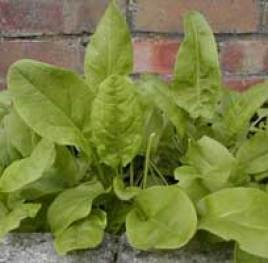
The harvest that we can make of the sorrel is done in spring and autumn, after and before the frost period, respectively. To eat, just picking the fresh leaves is enough. However, if we want to use the sorrel for medicinal use, we must cut it at ground level.
So, what properties does sorrel have? It is a food that anemic people can eat as it is a good source of iron and vitamin C. But it is not recommended for people with kidney problems as it can favor the formation of kidney stones.
Piece by piece, the roots and seeds can be used as a diuretic and against infections that occur on the skin. The fresh leaves can help us relieve loss of appetite and indigestion; and also, if we chew the leaves they give us a very refreshing pleasant taste.
Well, here is the first part of our presentation on the plants that we can find in the wild and that we can consume. Hopefully you liked it and in the next chapter we will discover another 5 more
Have a good time!

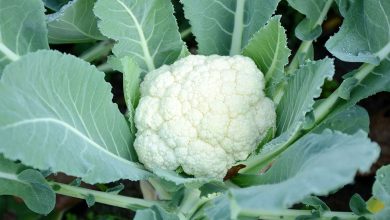
![Photo of Spray Plants with Vinegar: [Effects, Application and Utility]](https://www.complete-gardening.com/wp-content/uploads/2022/08/spray-plants-with-vinegar-effects-application-and-utility-390x220.jpg)
![Photo of How to Plant Chufa: Planting Method in a [Complete Guide]](https://www.complete-gardening.com/wp-content/uploads/2022/08/how-to-plant-chufa-planting-method-in-a-complete-guide-390x220.jpg)
